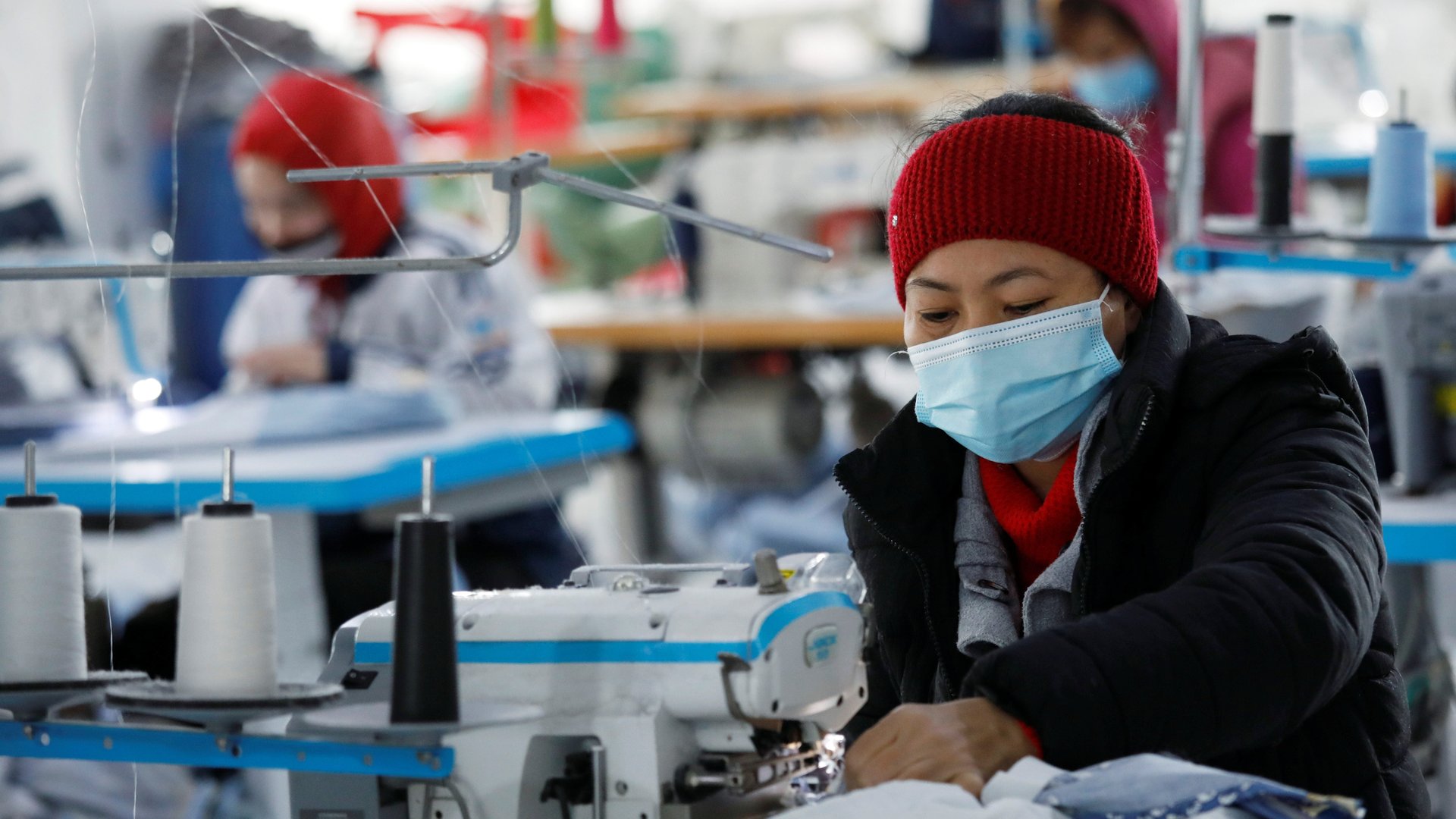Vietnam’s Covid outbreak is pushing manufacturing back into China
Companies have spent the past several years moving manufacturing out of China and into neighboring southeast Asian nations, both to exploit cheaper labor in other countries and to dodge tariffs imposed during the Trump administration’s trade war with China. Vietnam has been one of the most popular destinations for US companies opening up new factories, along with Cambodia, Indonesia, Myanmar, and Malaysia.


Companies have spent the past several years moving manufacturing out of China and into neighboring southeast Asian nations, both to exploit cheaper labor in other countries and to dodge tariffs imposed during the Trump administration’s trade war with China. Vietnam has been one of the most popular destinations for US companies opening up new factories, along with Cambodia, Indonesia, Myanmar, and Malaysia.
Now, companies are scrapping those efforts and moving their factories back to China after a punishing wave of Covid-19 infections has shuttered factories across Vietnam. After three months of lockdowns, the Vietnamese government is only just beginning to gradually ease restrictions. Earnings calls are resounding with executives’ worries over their lost manufacturing capacity.
“I talked to one CEO who shared with me that he had six years of supply chain work they undid in six days,” said Roger Rawlins, CEO of the footwear and accessory conglomerate Designer Brands, according to a FactSet transcript of a Sept. 14 management conference. “And when you think about the amount of effort everyone was putting into getting out of China, and now one of the places where you can get goods is China—it really is crazy, the rollercoaster that everybody’s been on.”
Vietnam faces its worst coronavirus outbreak
Vietnam had largely managed to avoid major coronavirus outbreaks until June, when the highly transmissible Delta variant helped spark a nationwide surge in cases. The outbreak threatened to overwhelm the country, which has fully vaccinated just 4% of its population. In response, the Vietnamese government shut down factories and ordered them to reopen only under strict conditions in which workers had to live in quarantined dormitories attached to their worksites.
The restrictions have sharply reduced the county’s manufacturing output and have started to eat into global brands’ bottom lines. Adidas, for instance, has said Vietnamese production delays will cost the company $600 million in lost sales this year. Executives at Hooker Furniture estimated that their Home Meridian International brand will see sales fall 30% this quarter as a result of the lockdowns. “It’s going to be tough with factories closed like that,” CFO Paul Huckfeldt said on a Sept. 9 earnings call.
Manufacturing moves out of Vietnam
Some businesses have responded by reversing their move to Vietnam as quickly as they can. Charles Roberson, CEO of protective clothing manufacturer Lakeland Industries, said on a Sept. 9 earnings call that the company hired new executives to help it “shift production capacity from Vietnam to China in a matter of weeks.”
Others have taken a more cautious approach by expanding across the region. “We actually have diversified quite a bit out of Vietnam,” said Jeremy Hoff, CEO of Hooker Furniture, on a Sept. 9 earnings call. “We’re in Thailand. We’re in different areas. We’re even—candidly, we’ve even gone back to China a little bit when necessary.”
Executives aren’t eager to return to China. For one thing, many companies had to overcome significant logistical hurdles to shift manufacturing from China to Vietnam during the pandemic: finding workers, relocating equipment, establishing new freight strategies for getting goods through congested roads and ports. Setting supply chains back up in China will be costly and time-consuming.
There’s another cost to consider for businesses: US tariffs for goods exported from China. Shawn Nelson, CEO of the beanbag-focused furniture maker LoveSac, said on a Sept. 9 earnings call that his company has had to divert production orders from Vietnam to China. “We know that the inventory that comes in from China is impacted by tariffs,” he said, “but it allows us to stay in-stock on our inventory, which is super important to us as it is to our customers.” The company has eliminated promotional discounts to offset the cost of tariffs.
For many, returning to China is simply the least bad option they have to boost production ahead of what is shaping up to be a chaotic holiday shopping season. During the pandemic, China has developed a reputation for stability. Harvard University management professor Willy Shih said some companies began moving back to China as early as last year. “There were already spot instances of that,” he wrote in an email. “The key question is if you want reliable manufacturing, China is often the best place for it.”